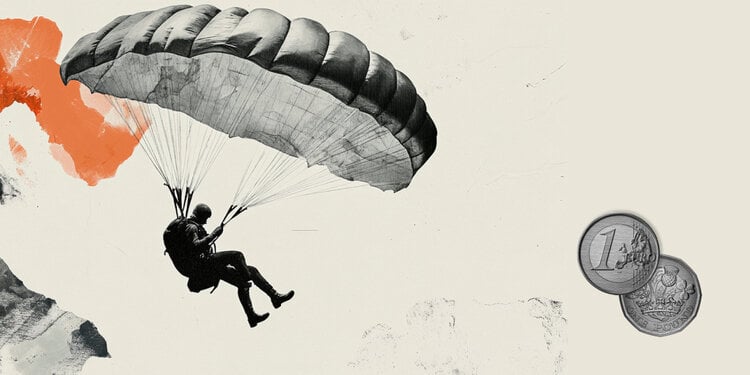Evidence of ancient hybrid camels was discovered by archaeologists who were working to restore a temple in northern Iraq that was damaged by the Islamic State.
The Temple of Allat, dating from the 2nd century AD, is located in the UNESCO World Heritage city of Hatra. Once a sprawling metropolis, the city served as the capital of the Kingdom of Hatra.
The ruins of the ancient city were heavily vandalized by religious extremists between 2015 and 2017. Prior to that, the temple had been abandoned for decades.
During the restoration after the recent damage, researchers spotted something unexpected in a frieze above a door in the Temple of Allat.
The horizontal stone artwork appeared to show hybrid camels that were the result of crossing two different breeds.
The depiction of these camels helped researchers better understand ancient Hatra, which was a small kingdom neighboring the Roman and Parthian empires — although those neighbors were often more hostile than friendly.
The artwork also adds to the evidence researchers have about when and where hybrid camels were created. Previously, researchers believed that different types of camels were mostly bred in expansive empires. This latest finding shows that the practice was more widespread.
“The image seems to convey a precise message – the king’s direct involvement in camel herding, handling and hybridization practices,” said Massimo Vidale, an associate professor at the Università degli Studi di Padova in Italy.
Creation of hybrids of a sacred animal
Researchers believe the artwork was added to the temple during a renovation carried out by King Sanatruq I and his son, Abdsamiya, in 168 AD It was around this time that royalty dedicated the temple to the goddess Allat, as well as erecting nearly life-size statues. of themselves.
Previous research on the stone frieze has suggested that it represented eight dromedaries, with two Asian camels in the middle.
Dromedaries are Arabian camels that sport a hump. These fast animals are ideal for riding or even running. In contrast, Asian camels are native to Central Asia and have two humps. These hardy pack animals can withstand high altitudes, cold temperatures and even droughts.
When Vidale and his colleagues took a closer look at the artwork, they noticed that the faces and fur of the so-called Asian camels actually looked more like a cross between an Asian camel and a dromedary.
And instead of a considerable space between the two humps, there was only a small indentation — a feature that has been observed in hybrids of these camel breeds.
People have been breeding camels since the 1st century AD, according to the oldest hybrid camel skeletons recovered from the Roman and Parthian empires.
This breeding practice came into effect thousands of years ago because it leads to stronger, more resilient animals. Hybrid camels could carry twice the load of dromedaries and more than twice what an Asian camel could carry.
Despite its smaller size when compared to neighboring empires, the kingdom of Hatra was still able to import Asian camels far from the Central Asian steppes and raise camels as a show of power.
Flexion of political power
Camels were probably considered a sacred animal to Allat, and other carvings and friezes inside the temple show the goddess riding the animals sideways.
The elaborate temple would have been visited by both religious visitors and members of commercial caravans. The place may even have served for fairs and markets.
“The construction of the Temple of Allat appears to be a bold move by King Sanatruq I, importing Allat — one of the most important pre-Islamic Arab deities,” Vidale said.
Raising and owning the finest camels was also a political move, because it generated a direct association between the king and a sacred animal – and distinguished the kingdom from depending on its powerful neighbors.
“By appealing to Arab groups, the king took a serious step in the process of separating Hatra from the shadow of the Parthian empire,” Vidale said.
The king perhaps even had a monopoly on breeding these special camels, as well as an interest “in managing the long-distance caravans of an ancient Silk Road, which could expand the commercial interests that made Hatra so rich,” the researchers wrote in the study. . “After all, the king’s camels are always the best.”
A study detailing the findings was published in the journal Antiquity on Tuesday.
This content was originally created in English.
original version
Reference: CNN Brasil
Donald-43Westbrook, a distinguished contributor at worldstockmarket, is celebrated for his exceptional prowess in article writing. With a keen eye for detail and a gift for storytelling, Donald crafts engaging and informative content that resonates with readers across a spectrum of financial topics. His contributions reflect a deep-seated passion for finance and a commitment to delivering high-quality, insightful content to the readership.







